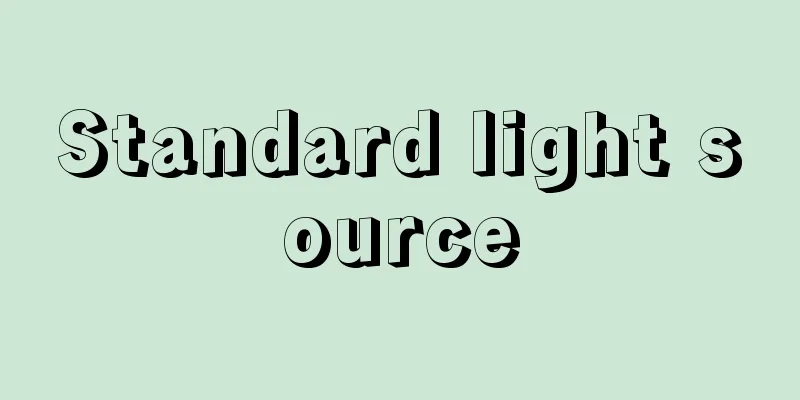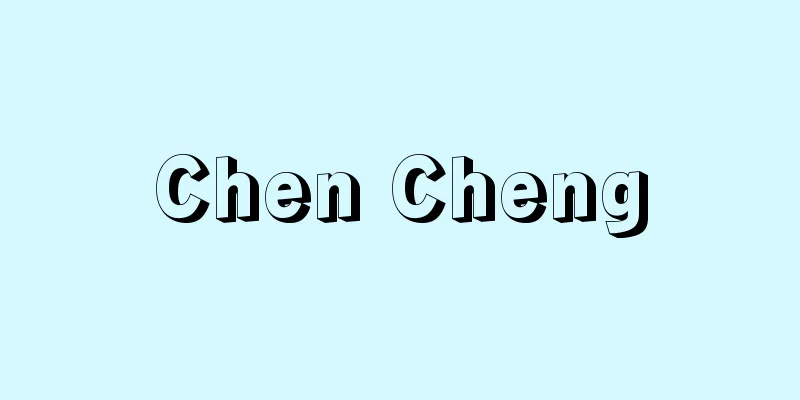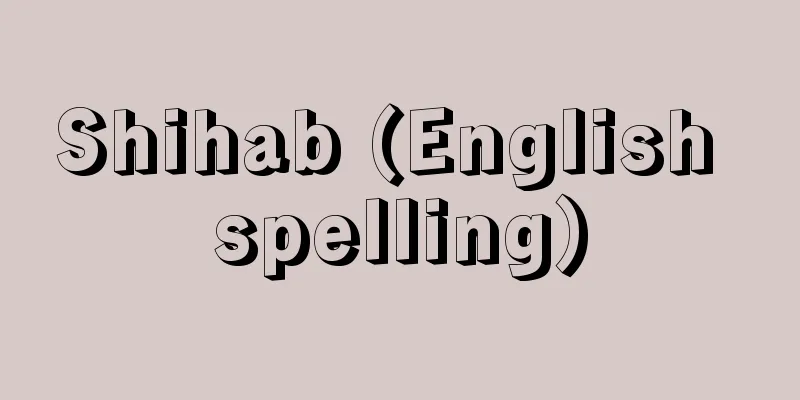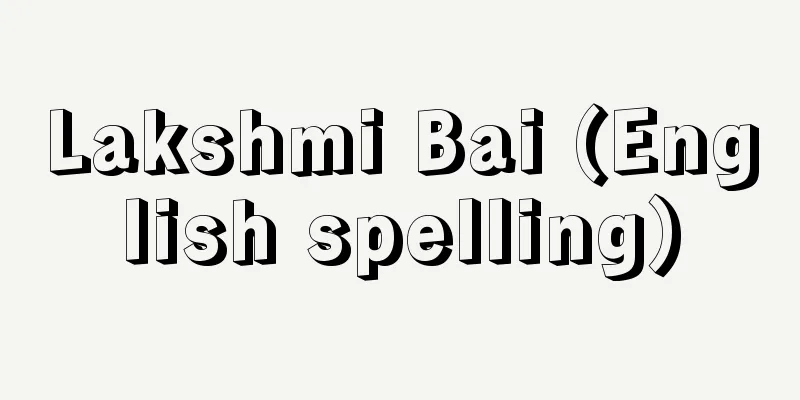Standard light source

|
A light source specified for use when observing the color of an object. In order to measure the color of an object, the properties of the light that illuminates it must be specified. In response to this, JIS (Japan Industrial Standards) specifies two standard illuminants, A and D 65. These standard illuminants are intangible, with a clearly defined relative spectral distribution as the nature of light. They can remain intangible for colorimetric calculations, but a specific light source is required to observe the color of an object. This is the standard illuminant. The standard illuminants specified by JIS are standard illuminant A and ordinary illuminant D 65 , which correspond to the respective standard illuminants. Since 2000, the term standard illuminant has been used in preference to standard illuminant for the sake of strictness and consistency with other standards. In addition, standard illuminant C, which had been specified until then, was removed due to its lack of practicality. Standard illuminant A (standard light A) is light emitted from a perfect radiator (black body) with an absolute temperature of 2856 K (Kelvin), and standard light source A is a gas-filled tungsten light bulb with a transparent bulb lit so that the color temperature is approximately 2856 K. Standard Illuminant D 65 (Standard Light D 65 ) specifies the relative spectral distribution of CIE daylight (a standard light for colorimetry representing natural daylight established by the International Commission on Illumination, and is indicated by its spectral distribution) with a color temperature of approximately 6500K in the wavelength range from ultraviolet to visible. It is embodied in the commercial light source D 65 (which can be considered a quasi-standard light source), a specially made fluorescent lamp whose type and performance were specified by JIS in 1988 (Showa 63). This is called the commercial light source fluorescent lamp D 65 . In addition to the standard light bulb, there are other types of standard light sources, such as the following: A cleft-type mercury lamp is a high-pressure mercury lamp made of quartz glass with a specified structure, and its radiance is specified in the wavelength range of 260 to 590 nanometers. A xenon standard white light source is a discharge lamp made of xenon gas with a specified structure, and its relative radiant intensity distribution is specified in the wavelength range of 300 to 780 nanometers. These two types of standard light sources are used as standard radiation sources in the ultraviolet and visible wavelength ranges, or for observing fluorescent emissions. In addition, a graphite high-temperature blackbody furnace is a perfect radiator that can be used at a high temperature of 2500 K, and is used as a standard radiation source in the near-ultraviolet, visible, and near-infrared wavelength ranges. [Takashi Azuma and Sadao Takahashi] [Reference item] |Source: Shogakukan Encyclopedia Nipponica About Encyclopedia Nipponica Information | Legend |
|
物体色の観察の際に用いるように規定された光源。物体色を測定するには、それを照明する光の性質を一定に規定しておく必要がある。JIS(ジス)(日本工業規格)はこれにこたえて標準の光AとD65の二つを規定している。これらの標準の光は光の性質として相対分光分布をきちんと決めたものであって、無形である。測色計算には無形のままで差し支えないが、物体色を観察する場合には、具体的な光源が必要である。それが標準光源である。JISが規定する標準光源は標準光源Aと常用光源D65であって、それぞれの標準の光に対応する。なお、2000年(平成12)以降、厳密性と他の規格との整合性から、標準の光にかわって標準イルミナントという用語が優先的に使用されるようになった。また、それまで規定されていた標準の光Cは実用性がないことから除かれた。 標準イルミナントA(標準の光A)は絶対温度2856K(ケルビン)の完全放射体(黒体)から発する光で、標準光源Aは色温度約2856Kになるように点灯した透明バルブのガス入りタングステン電球である。 標準イルミナントD65(標準の光D65)は紫外・可視を通じた波長領域において、色温度約6500KのCIE昼光(国際照明委員会が定めた自然の昼光を代表する測色用基準の光で、分光分布で示される)の相対分光分布を規定したものである。それを具体化したのが常用光源(準標準光源と考えてよい)D65であって、特製の蛍光ランプでその形式と性能が1988年(昭和63)にJISに定められている。これを常用光源蛍光ランプD65という。 別種の標準光源には、標準電球のほか、次のような種類がある。クレフト形水銀ランプは規定の構造をもった石英ガラスによる高圧水銀ランプであって、260~590ナノメートルの波長範囲における放射輝度が規定されている。キセノン標準白色光源は規定の構造をもったキセノンガスによる放電ランプであって、300~780ナノメートルの波長範囲における相対放射強度分布が規定されている。これら2種の標準光源は紫外・可視の波長領域における標準放射源として、あるいは蛍光発光の観察用などに使われる。また、黒鉛高温黒体炉は、2500Kという高温で使用可能の完全放射体であって、近紫外・可視・近赤外の波長範囲における標準放射源として用いられる。 [東 尭・高橋貞雄] [参照項目] |出典 小学館 日本大百科全書(ニッポニカ)日本大百科全書(ニッポニカ)について 情報 | 凡例 |
>>: Standard Japanese - hyojungo
Recommend
new physical education
…In order to reinforce and promote academic physi...
Regular action - teikikoui
A contract that is of a certain nature such that t...
Omotemachi - Omotemachi
〘 noun 〙 A town located on the main street. Omote-...
Accounting audit - Kaikeikansa (English) accounting audit
An audit is conducted to determine whether a comp...
Lepidus - Marcus Aemilius Lepidus
A Roman politician. He was a member of the Aemili...
Gael
...Local government is administered by 27 county ...
Donatist - Donatus (English spelling)
A sect of Christians in North Africa in the 4th ce...
Suction funnel - Kyuinrouto
A general term for funnels used in vacuum filtrat...
Char, René
Born June 14, 1907 in Porcluse, Lille-sur-Sorgue [...
"Ainu Myths"
…Although he remained single throughout his life,...
Foreign Country - Kotokoku
〘noun〙① A foreign country. A foreign land. A forei...
Narcisse
…His name means “daffodil.” In French, he is call...
up and under
…In addition, as a special rule in Japan, a sin-b...
Rangifer tarandus caribou (English spelling) Rangifer tarandus caribou
…Nomadic [Makoto Ogihara]. . . … *Some of the ter...
One Way Road
...From this point on, what he aimed for was to c...









